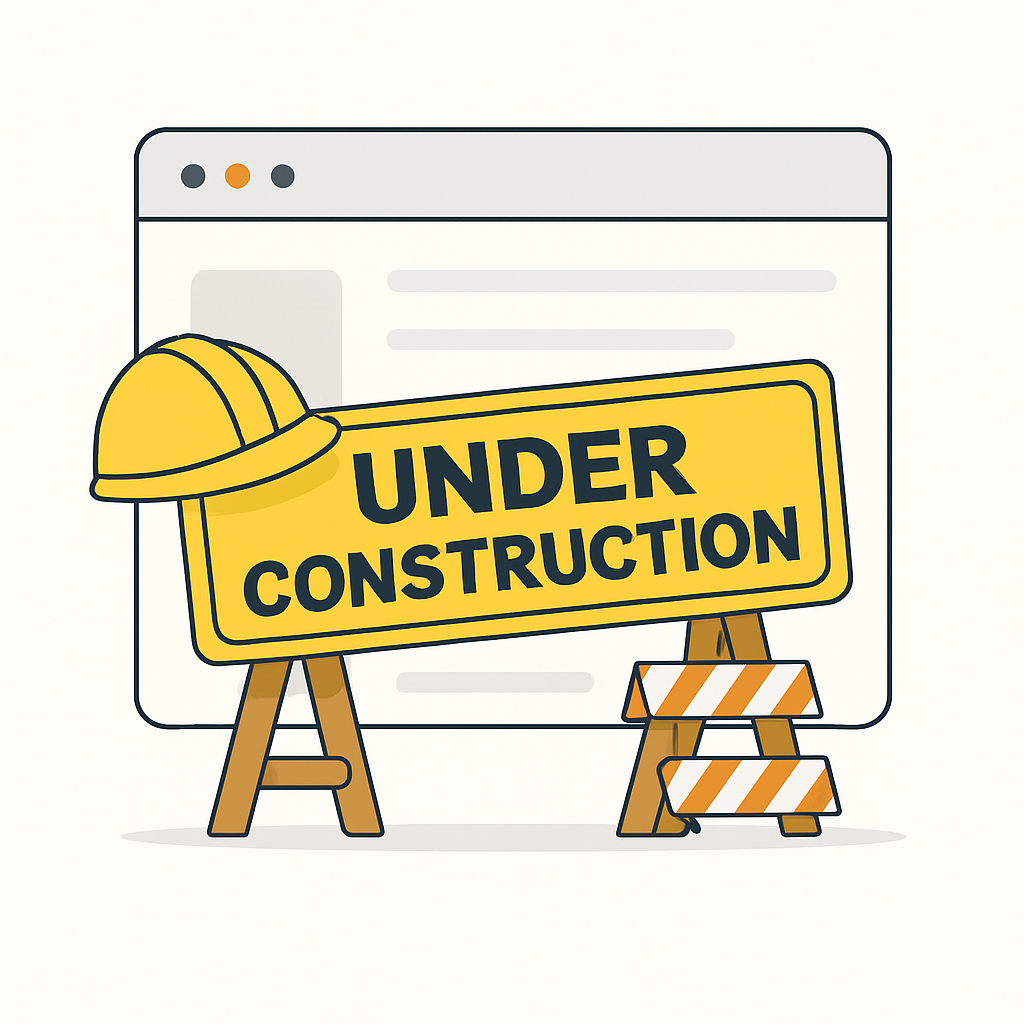
🚧 **This page is under construction.**
Soon, you’ll find expert articles to help you budget for a custom home with clarity and confidence.
In the meantime, feel free to contact us with questions about budgeting or planning your home.

🚧 **This page is under construction.**
Soon, you’ll find expert articles to help you budget for a custom home with clarity and confidence.
In the meantime, feel free to contact us with questions about budgeting or planning your home.
12693 LA-67, Clinton
5.0 25 reviews



